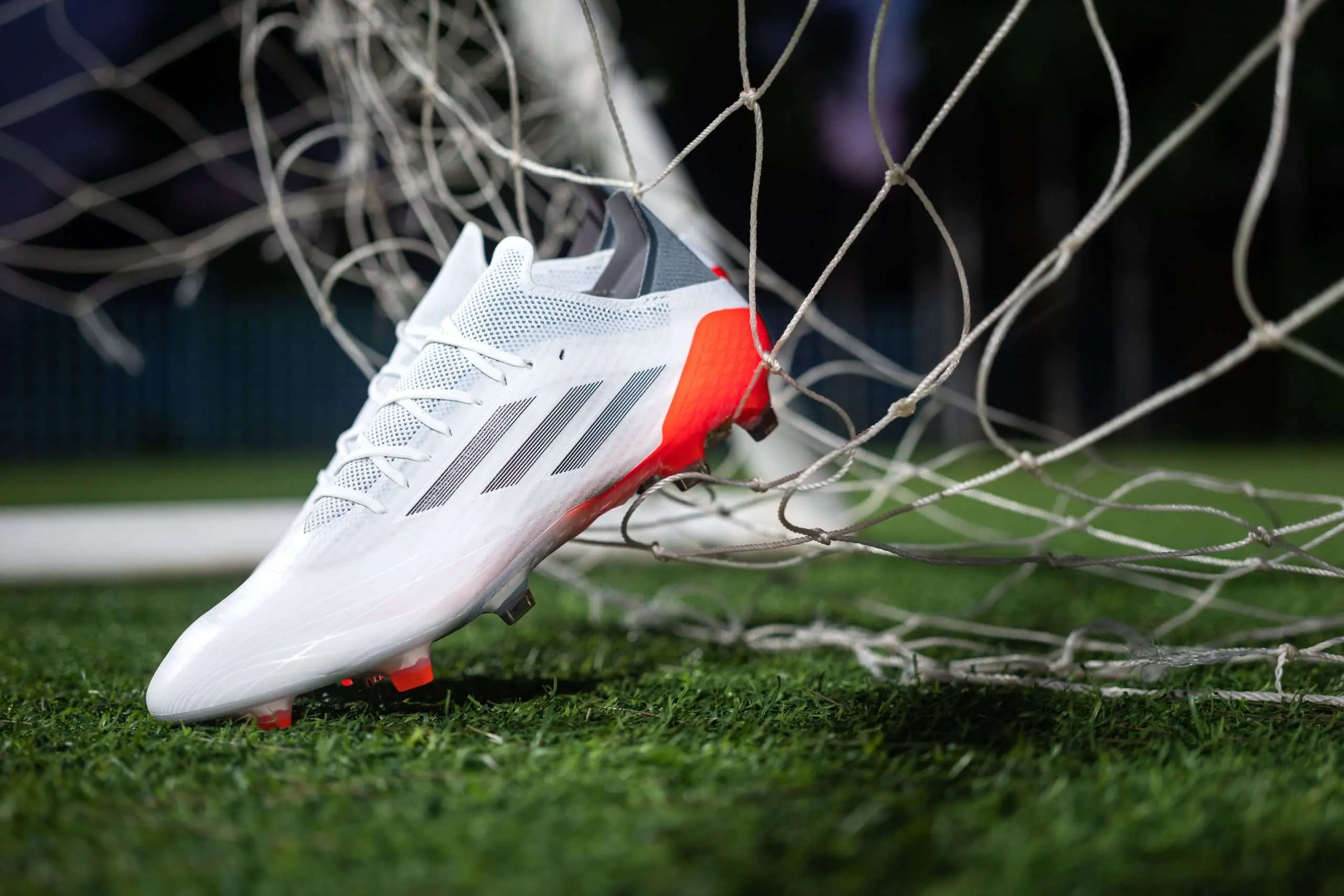
Cleats are frequently utilized in sports, including baseball, rugby, and soccer, because they improve a player’s footing. Each model is optimized for a different surface, so picking the right pair is crucial for getting the most out of them.
The development of cleated shoes
Simple shoes with a leather sole and studded cleats to help them grip the ground were the first cleated footwear. It appears that this type of shoe first arrived in England in the 1500s. This rather basic system has remained as it is for many years.
The famous screw-in cleats first appeared in 1954, during the World Cup final between Germany and Hungary. Another change in that year was that these sports shoes were no longer high-top as in the past but were transformed into low-top shoes.
Modern cleated models have undergone significant changes and substantially benefit from technological advancements. Due to its lightness and capacity to wick moisture, microfibre is currently favored over leather as a result of material evolution. The sole is also more resilient and flexible, and the cleats themselves now differ based on the type of terrain.
Cleated shoes of today are more than just sports footwear; they are created and manufactured to enhance player performance.
Cleated shoes for various surfaces
Every type of terrain can be covered with cleats, but cleat type and shape must be perfectly matched to the terrain being stepped on. There are three types of soil available for sports like soccer: artificial, natural, and hybrid, which combines the two. There are indoor surfaces, dry, compact, and greasier surfaces for other sports. As a result, the cleats shall vary depending on the playing surface.
Similar to this, if you enjoy running or hiking in the snow, you should buy mountaineering cleats or soles with built-in cleats to prevent slipping and hurting yourself.
Cleated shoes: types of cleats
As mentioned above, each cleat is designed for a particular type of terrain. The most typical cleats type is “firm ground” (FG). They are also suitable for use on artificial grass, and this adaptability has made them so popular. They are typically used for dry natural grass fields.
The “artificial grass” (AG) cleats are made specifically for artificial grass; they are shorter and softer than the FG cleats.
“Soft ground” (SG) cleats are the best option if the field is soft, wet, muddy, or oily since they will stop players from slipping and sliding while they are playing.
Use HG cleats or TF cleats for asphalt if the ground is firm, such as clay.
Finally, since they give decent traction on smooth surfaces, IC or INDOOR cleats are the way to go for indoor play.
For hiking, you can choose between classic cleats (cleats connected by chains and attached to the shoe with an elastic band or Velcro), and semi-automatic cleats (cleats attached with straps to the middle part of the sole) and anti-slip pads (small cleats attached to a rubber structure).
The benefits of wearing cleats
Cleated shoes are useful for the pleasure of sport and for performance, but not only that. By choosing the right cleats for the terrain, you can practice your favorite activity safely and prevent common injuries like fractures, sprains, and fissures.
Using the right cleats for your terrain
Your cleated shoes must match the kind of ground you are playing on in order to be efficient in terms of both performance and safety. This is an absolute must. Determine the kind of terrain you will be playing on the most often before you start shopping for sports shoes.
Consult a FootNetwork podiatrist first if you have foot problems so that they can advise you on footwear choices and sports activities.

